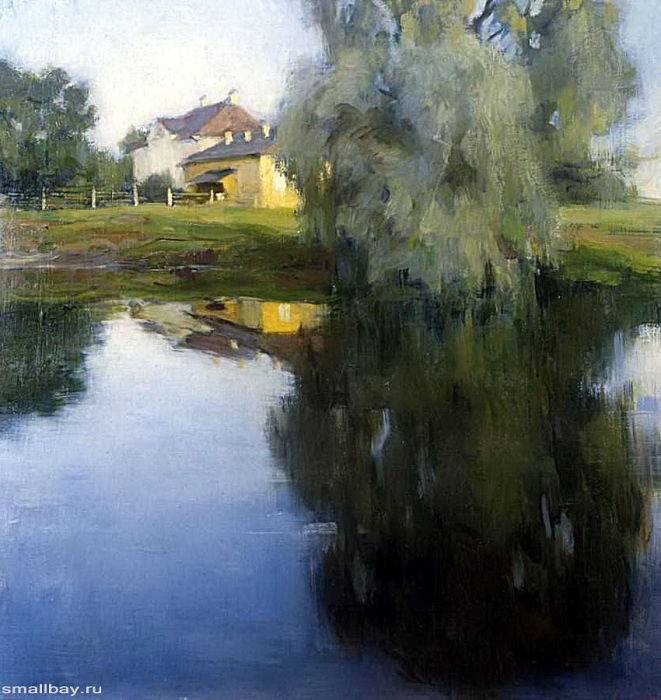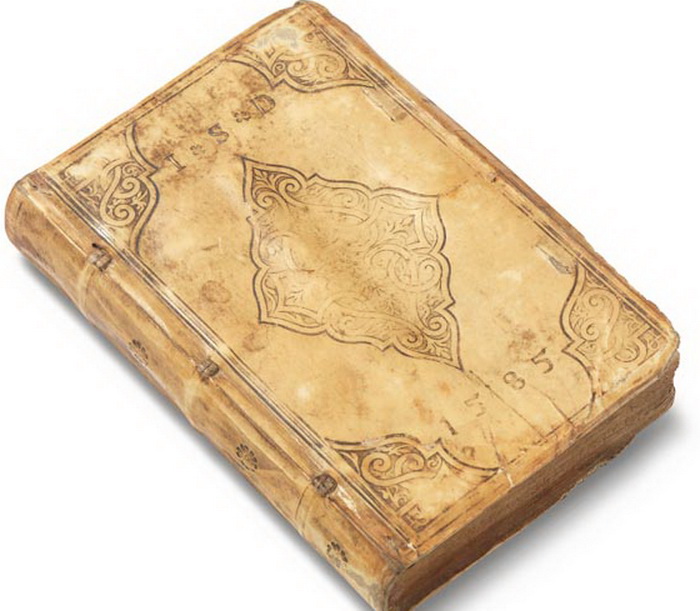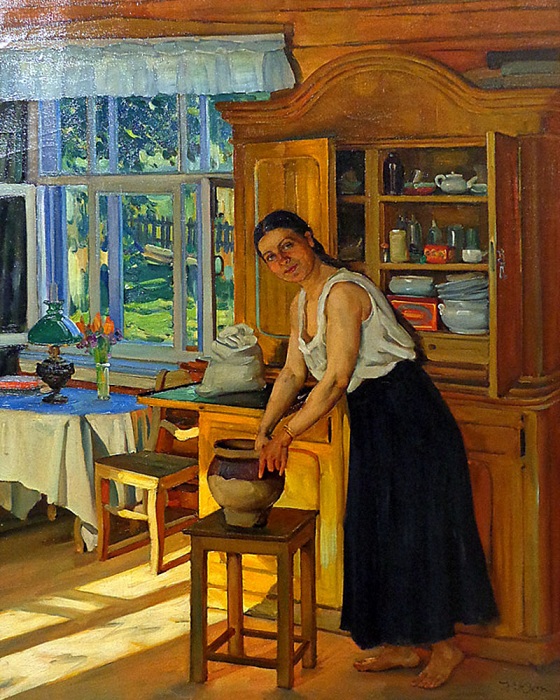tanya
Ciphers, signs and self-portraits: How artists of the past signed their paintings
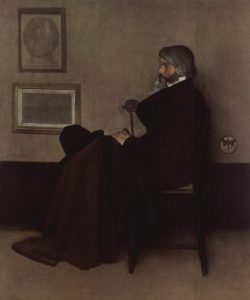 Not every masterpiece of painting contains the signature of the artist. There were reasons for this, both at the dawn of the Renaissance and in the modern era; they are now. Some of the works were “signed” by the masters in unusual ways – symbols in which an indication of the identity of the author was hidden. Bones, butterflies, cats appeared in the paintings for a reason.
Not every masterpiece of painting contains the signature of the artist. There were reasons for this, both at the dawn of the Renaissance and in the modern era; they are now. Some of the works were “signed” by the masters in unusual ways – symbols in which an indication of the identity of the author was hidden. Bones, butterflies, cats appeared in the paintings for a reason.
Why it was not customary to sign a work before
Having finished work, put your signature in the lower right corner of the picture – a custom that entered the practice of artists during the early Renaissance. Alas, authorship of earlier works is often not possible to establish – primarily because of the lack of signatures on them. Artists of the Middle Ages then united in workshops, and had no right to show any individualism in creativity, this was perceived as vanity. In addition, most of the works were devoted to religious subjects, and to put their own name on paintings depicting saints was akin to sacrilege. Continue reading
19th Century Girl Albums: Entertainment for Bored Aristocrats or a Separate Genre in Art?
 The young ladies of the 19th century were not so different from the modern ones: they also needed attention, recognition, evidence of sympathy from friends and, of course, a cordial secret, which was expressed in allegories and symbols – often poetic. Now social networks are used for this, then – albums, quite intimate, but not closed from other manuscript books.
The young ladies of the 19th century were not so different from the modern ones: they also needed attention, recognition, evidence of sympathy from friends and, of course, a cordial secret, which was expressed in allegories and symbols – often poetic. Now social networks are used for this, then – albums, quite intimate, but not closed from other manuscript books.
Album History
Unlike diaries closed from prying eyes, albums were created to be shown – to friends and relatives, to those who would also be asked to leave a record. The albums were filled with the “wrong hand”, but at the same time bore the imprint of the owner’s personality – it was he who determined who to include in his inner circle and whose work to keep as a keepsake. Continue reading
What impact do paintings of Savrasov, Levitan and other famous landscape painters have on people
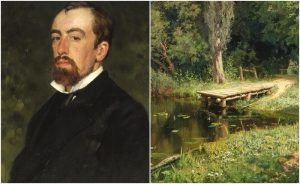 To understand these landscapes, one does not need any art education, no general erudition, or even knowledge of the name of the artist. The painting itself appeals to the viewer, causing in it long-forgotten or, on the contrary, carefully stored feelings, touches into some strings of the human soul, intimate, personal. But the emotions caused by mood landscapes nevertheless turn out to be similar to those that others experience when looking at these canvases. And also with those that once made the artist take up the brush.
To understand these landscapes, one does not need any art education, no general erudition, or even knowledge of the name of the artist. The painting itself appeals to the viewer, causing in it long-forgotten or, on the contrary, carefully stored feelings, touches into some strings of the human soul, intimate, personal. But the emotions caused by mood landscapes nevertheless turn out to be similar to those that others experience when looking at these canvases. And also with those that once made the artist take up the brush.
What are mood landscapes, and thanks to whom they arose
When, when looking at the landscape, the heart suddenly contractes, grips grips, or, conversely, a feeling of happiness arises, when it seems that the picture almost conveys sounds, the freshness of the wind, cold or heat – this is the landscape of mood. Continue reading


